If you have spent time in Norway around Christmas, you may have heard of the “seven kinds” of Christmas cookies and cakes. Known as “de syv slag,” these are the traditional cookies that went hand in hand with the Norwegian Christmas celebration.
People will often say that there is no Christmas until they have baked the seven kinds!
However, it is widely debated what the seven kinds of baked goods actually are, as everyone seems to have a different opinion.
In a survey conducted in 2020 by YouGov on behalf of the Norwegian Information office for bread and grains and MatPrat.no, the people of Norway voted on their top seven Christmas baked goods.
Continue reading for a brief introduction to each of the top voted cakes!
Kransekake
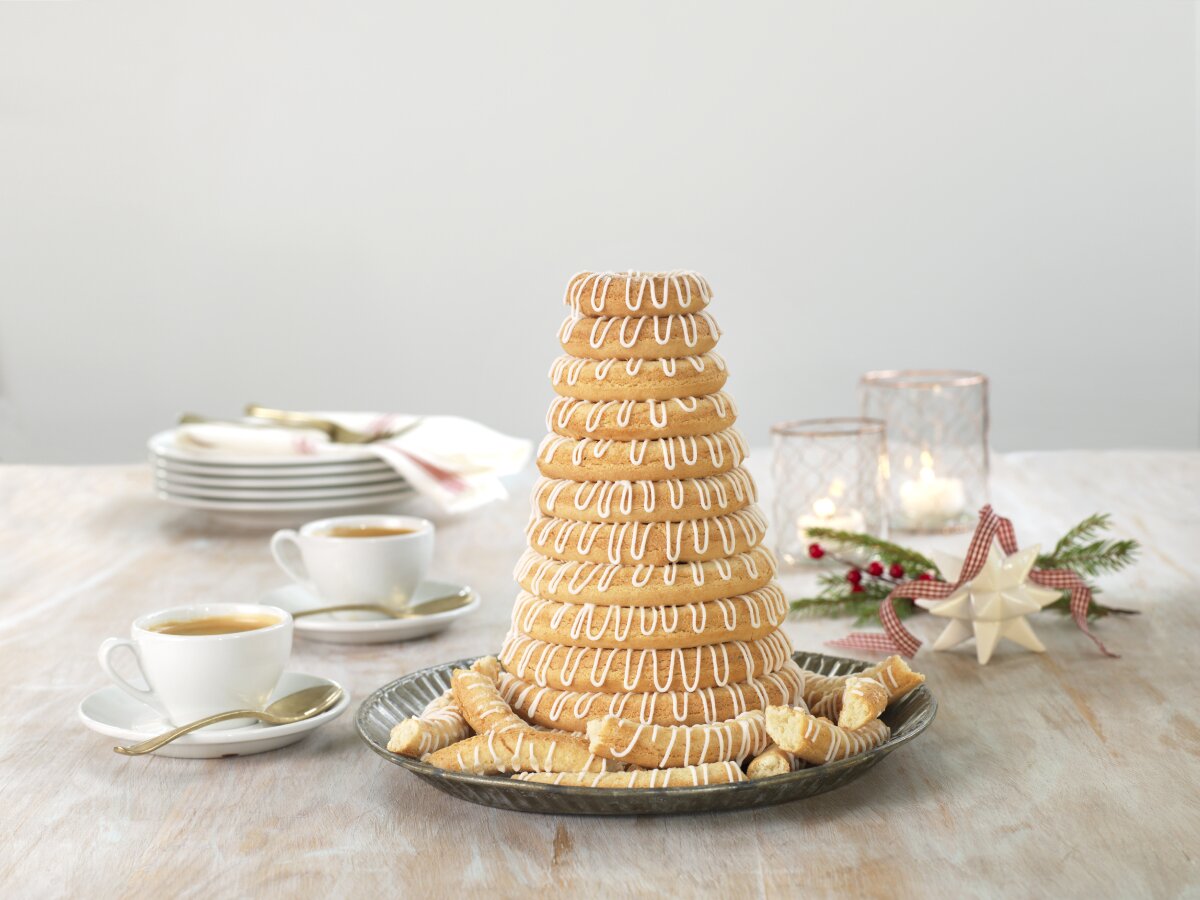
This cake has the characteristic shape of a tower. It is eaten by Norwegians all year round for all sorts of celebrations, including weddings, birthdays, baptisms, and May 17.
The dough is fairly simple with only three ingredients: almonds, confectioners’ sugar, and egg whites.
For an easier version, you can omit the cake shape and make Kransekake-sticks instead. Less work, but equally tasty!
Recipe from MatPrat here.
Krumkaker
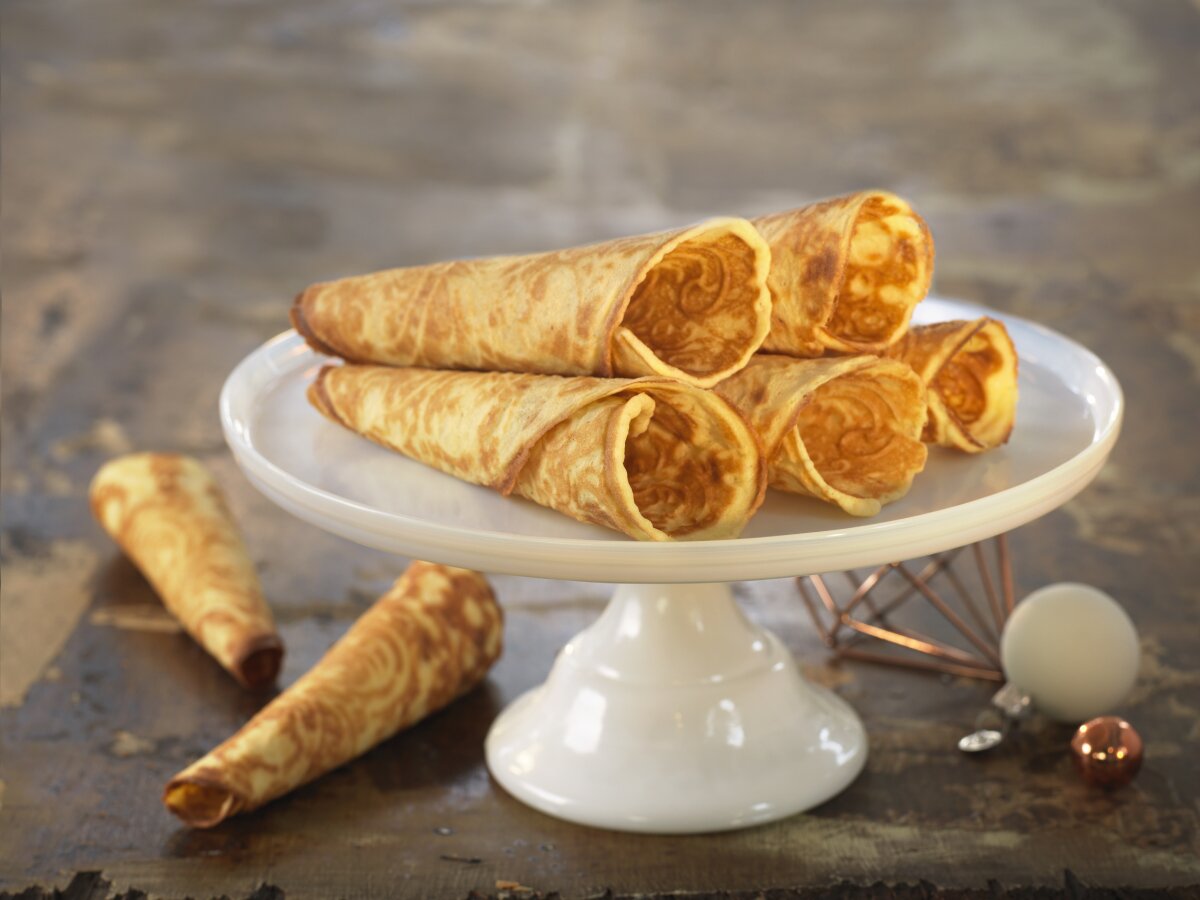
Yet another cake with a characteristic shape, the Krumkake also has an intricate pattern which comes from the Krumkake-iron necessary to make these.
Some people like to fill these with cream, while others eat them plain – whatever you prefer, the Krumkake is a Christmas classic that is sure to please even the pickiest eater.
Recipe here.
Pepperkaker
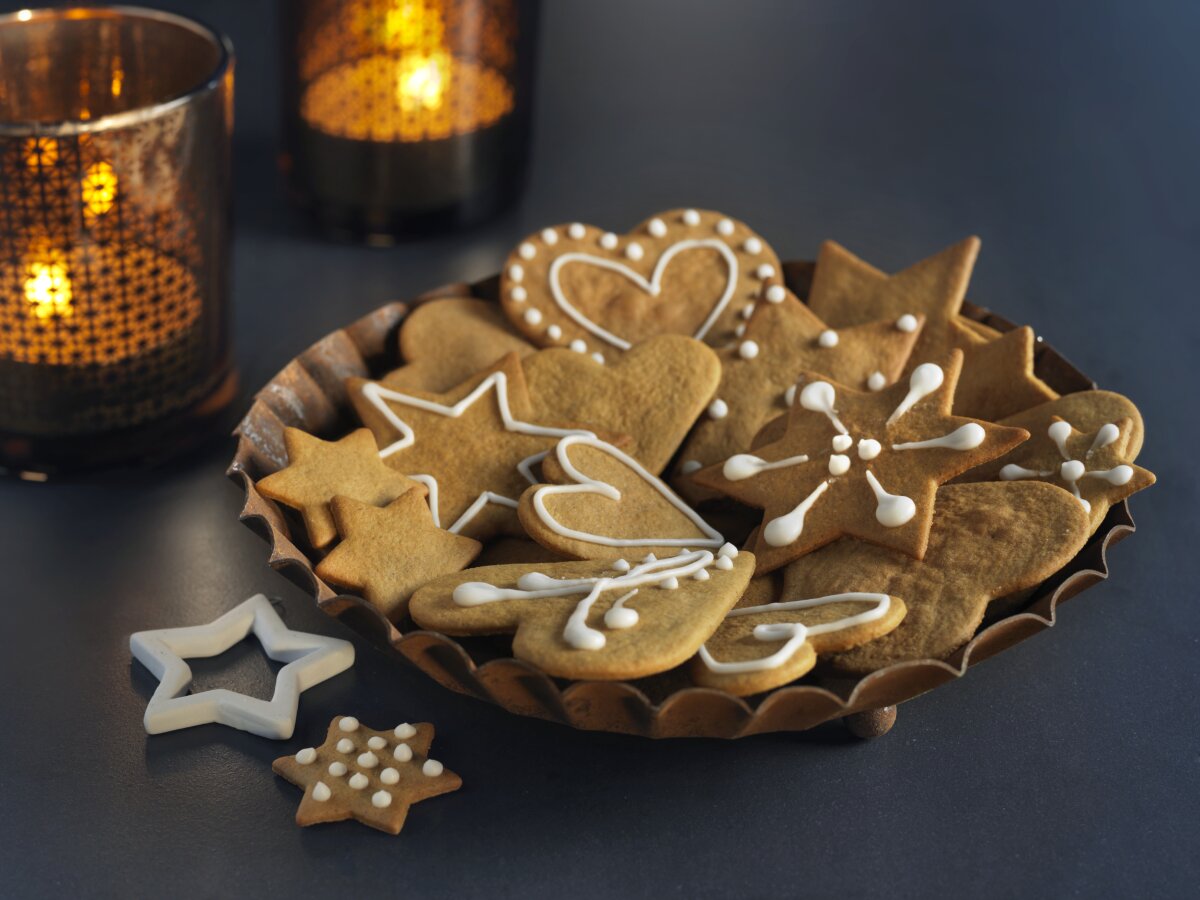
These gingerbread cookies will likely be familiar to some of you. The spiced Christmas classic is a favorite in many places, including Norway, and many will recognize the iconic smell of cloves and ginger.
These fragrant cookies can be served plain, but if you want to go the extra mile, you can also decorate them with a paste made from confectioners’ sugar and egg whites.
Recipe here.
Smultringer
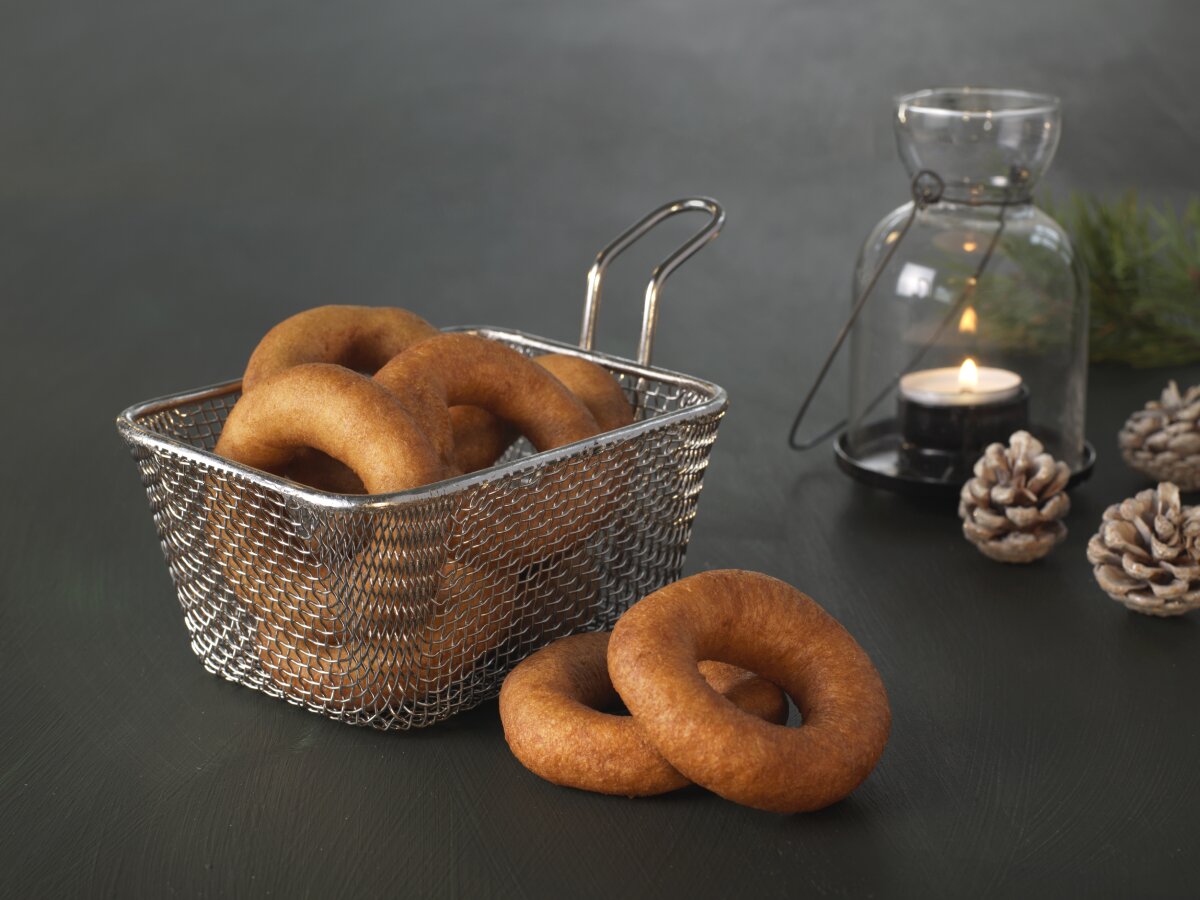
Smultringer, directly translated to “lard-rings,” are exactly what they sound like – rings of dough cooked in lard.
Famously known around the world as doughnuts, the Smultring is a Christmas classic in Norway.
Unlike doughnuts, these cakes are best served plain.
Recipe here.
Delfiakake
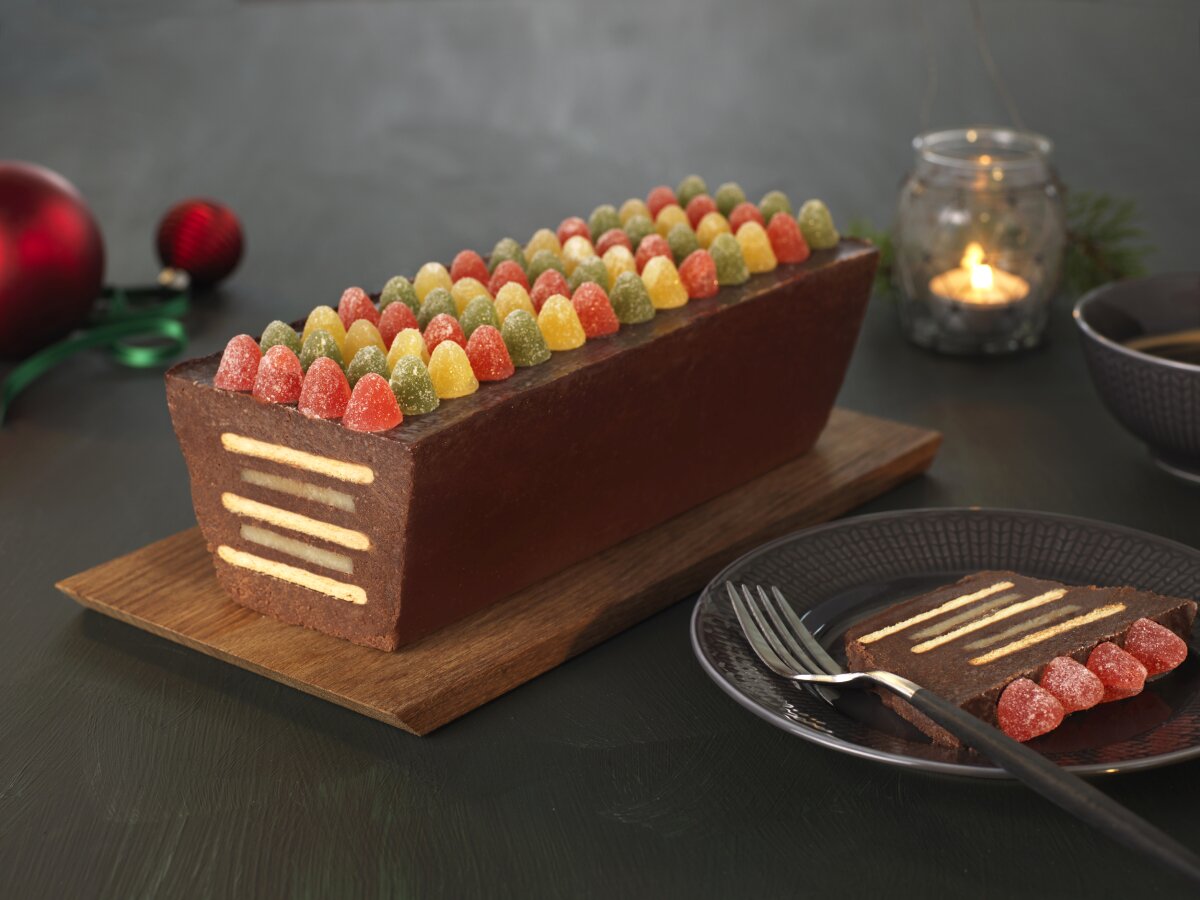
Delfiakake, or simply Delfia cake in English, is a traditional Christmas cake made from coconut fat and chocolate with layers of marzipan and biscuits.
The rich cake has its name from a coconut fat brand called Delfia, which is essential to the cake.
Recipe here.
Sarah Bernhardt
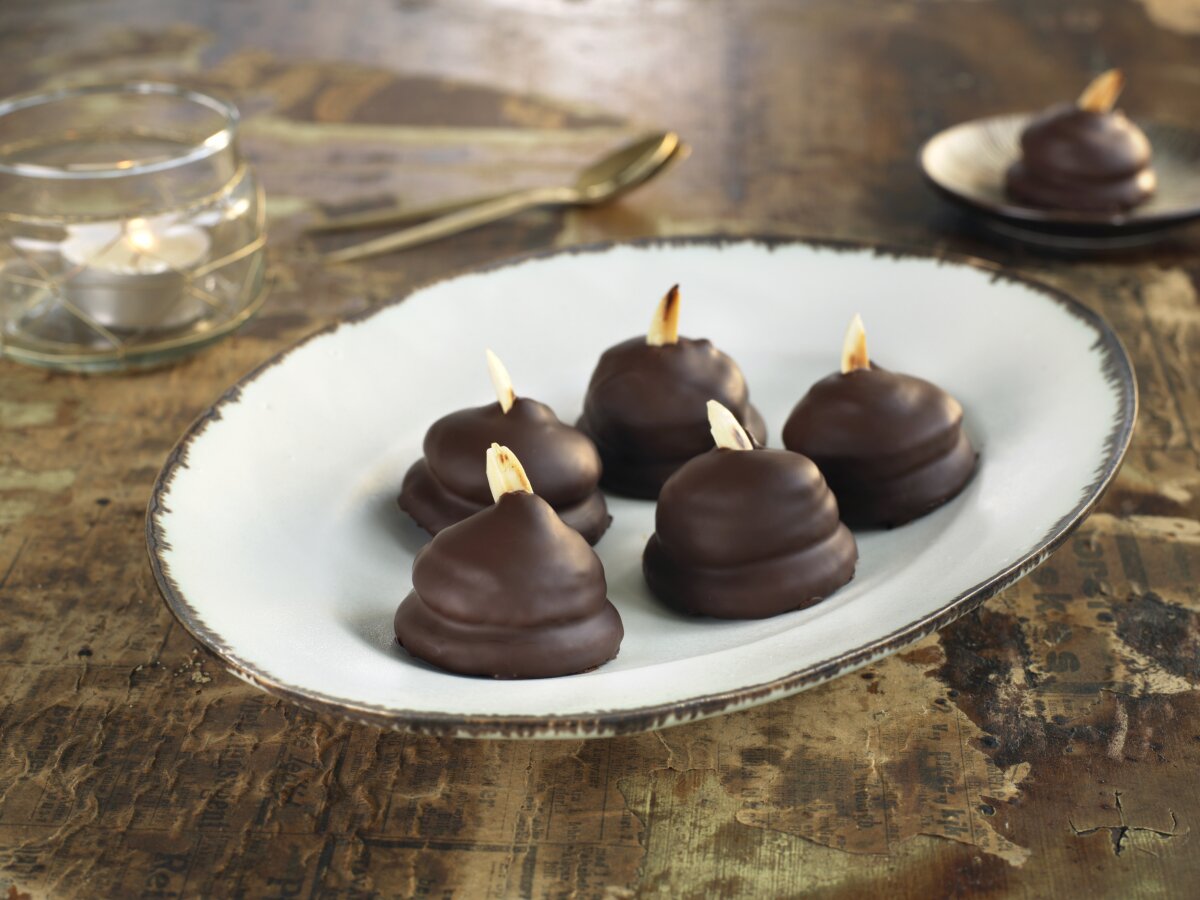
This Christmas classic with its peculiar name has a bottom layer made up of kransekake (#1 on our list).
It is then given a chocolate filling before being coated in a mix of chocolate and coconut fat.
The cake is named after the famous French actress Sarah Bernhardt (1844-1923), who seemingly deserved a cake as rich and decadent as herself.
The ultimate compliment!
Recipe here.
Kakemenn
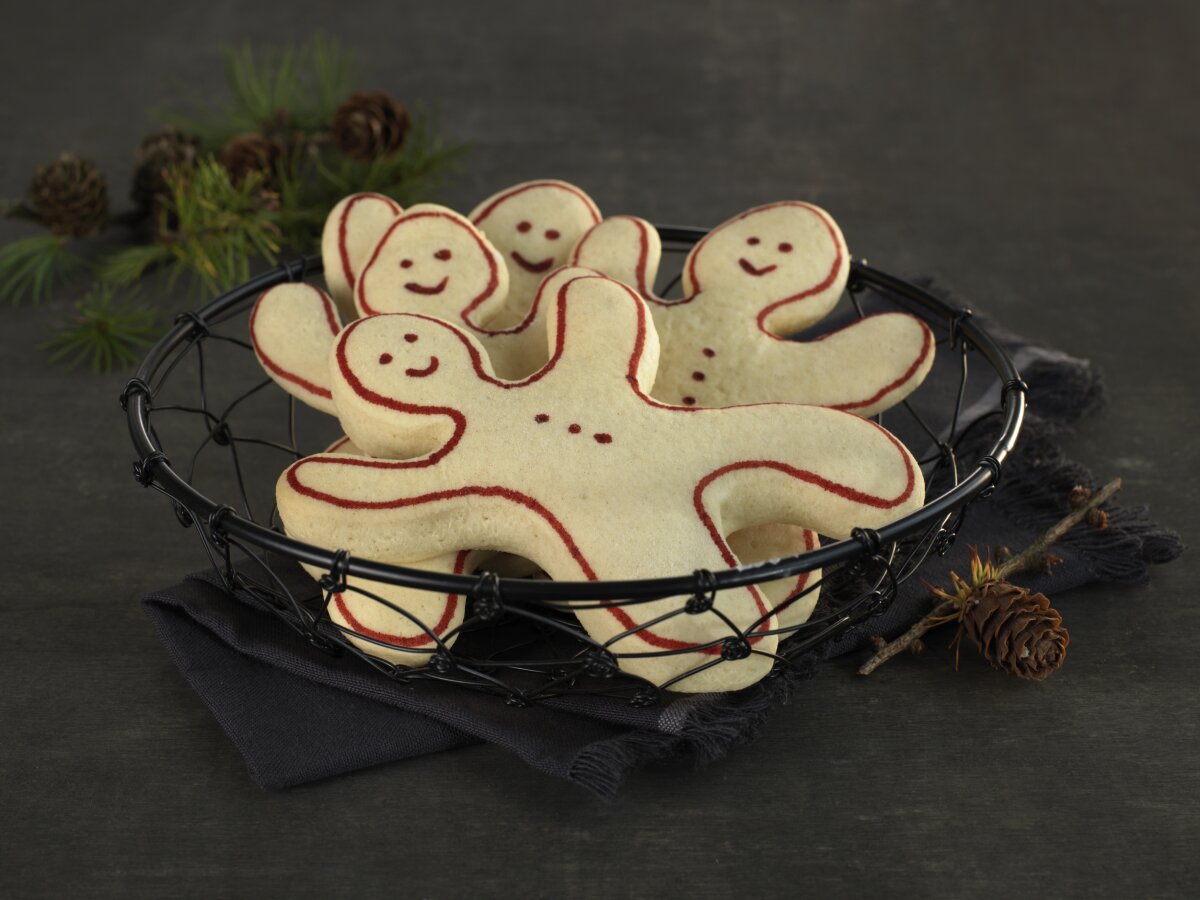
These cookies, directly translated as “cake-men,” are made with a simple dough using only butter, milk, sugar, flour, and ammonium bicarbonate.
Their neutral nature means that most people find these cakes enjoyable.
As the name suggests, it is crucial that they are shaped into men – otherwise, they simply would not be Kakemenn!
Recipe here.
Source: Norway Today / #Norway Today / #NorwayTodayTravel

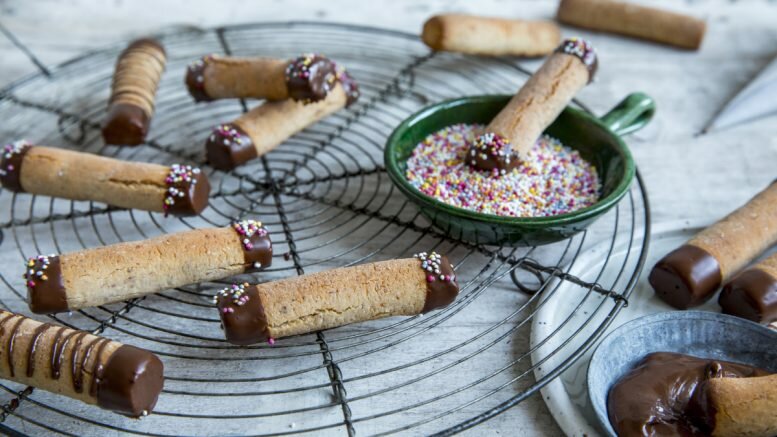
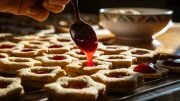
Be the first to comment on "An introduction to Norwegian Christmas cookies and cakes"